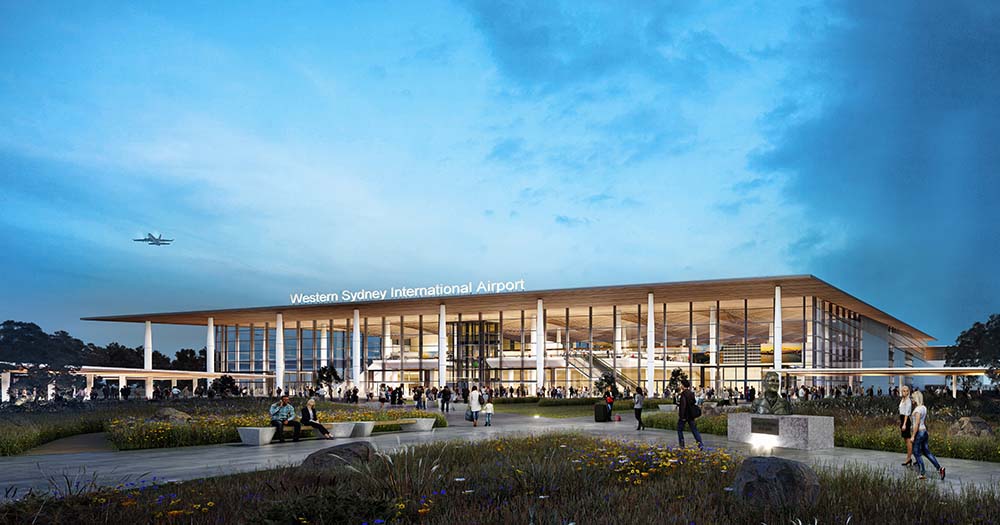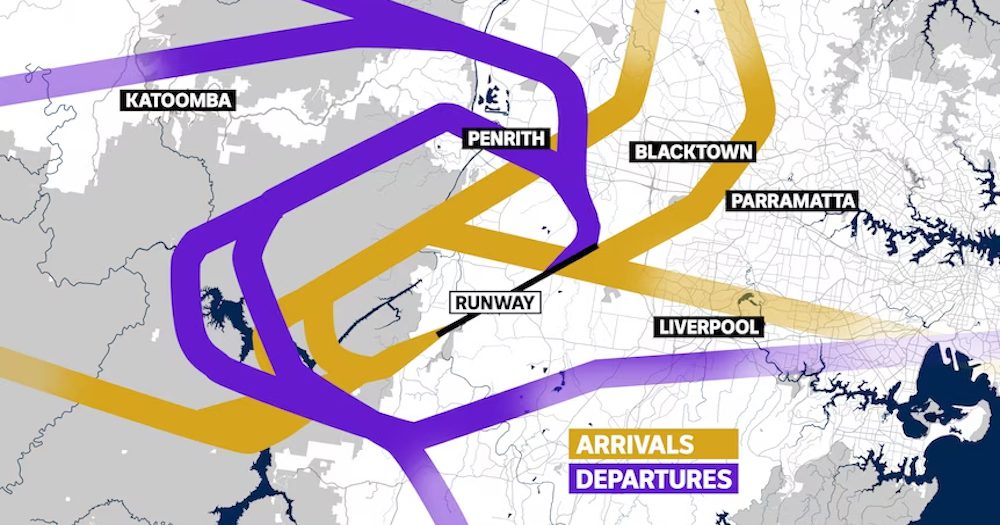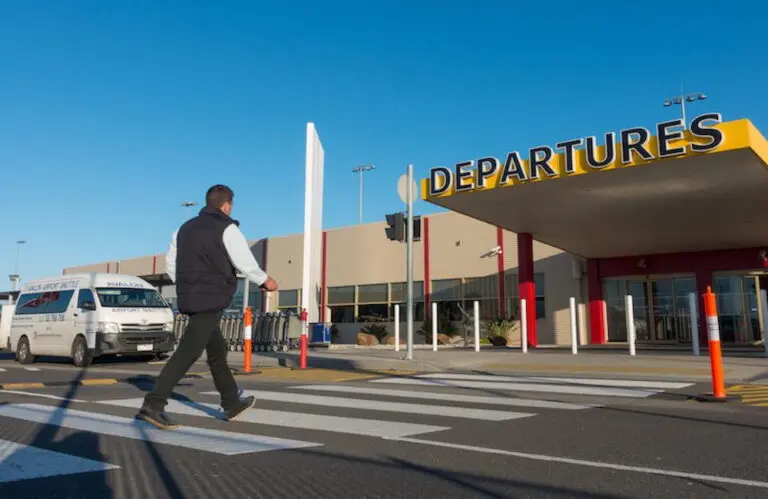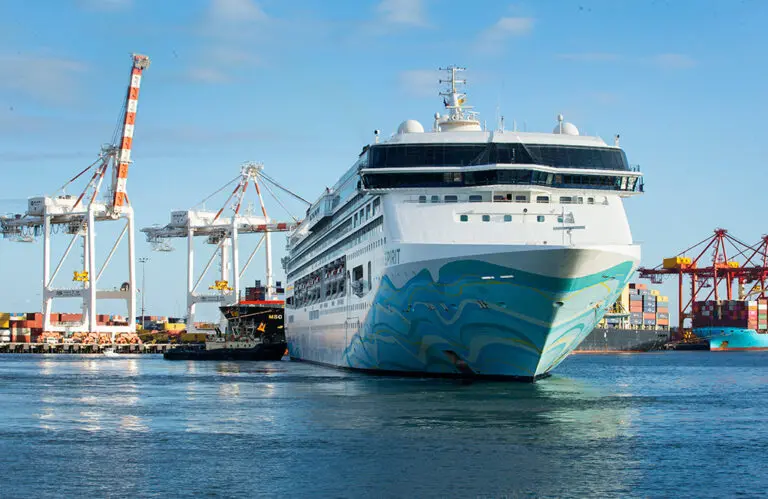With the construction of Western Sydney Airport more than half complete, the preliminary flight paths for the facility have been released.
The interactive Aircraft Overflight Noise Tool, unveiled by the Federal Government today, enables the public to view the proposed flight paths for Western Sydney Airport (Nancy-Bird Walton), as well as search for an address to see how it would be affected by noise, and what the expected aircraft noise in decibels would be.
The website, which creates animated 3D visualisations for each flight path, also predicts aircraft altitude and the number of flights over a particular location.
Additionally, the tool reveals variations in flight paths based on different times of the day and operating conditions.
The flight paths shown are still subject to ongoing environmental assessment and final designs, and do not reflect any noise impacts from a potential future second runway at the facility.
Forecast to commence operations in late 2026, the $5.3 billion Western Sydney Airport in Badgerys Creek will be NSW’s first 24/7 hub.

Runway operations
According to the website, there are two main runway directions, whose use will be determined by prevailing wind conditions.
When Runway 05 is used, planes will arrive from the south-west and depart to the north-east. At this time, Erskine Park and surrounds will be the most affected by noise, with residents expected to experience 20 to 49 flights over 24 hours by 2033.
When Runway 23 is utilised, the opposite directions will apply, with suburbs around Greendale most affected.
Designed to minimise the impact of noise on residents, a third runway direction will be used at night when air traffic is lower on account of Sydney and Bankstown airports’ curfews.
Federal Transport Minister Catherine King said the Government released Western Sydney Airport’s preliminary flight paths for “additional transparency”.
“Importantly, the preliminary flight paths were developed according to Airspace Design Principles that reflect community feedback from the ‘proof-of-concept’ flight paths released in 2015,” she said in a statement.
“These principles include minimising flights over residential areas and reducing the impact on the community of aircraft operations at night.”

King added that a “draft Environmental Impact Statement (EIS) that examines the noise, social and environmental impacts of the preliminary flight paths” will be released later this year.
“The Albanese Government is committed to balancing the needs of the community, environment, industry and users of the broader Greater Sydney airspace, while maintaining safety as a priority, in the design of WSI’s flight paths,” she stated.
Unhappy residents
On the Residents Against Western Sydney Airport (RAWSA) community group Facebook page, Blue Mountains Mayor Mark Greenhill said he vowed “to fight the proposed Western Sydney Airport flight paths … which will be a massive concern for the community and environment”.
“About 40,000 Blue Mountains residents in the lower to mid mountains could be affected by the proposed flight paths,” he wrote.
“The flight paths are bad for the people of the Blue Mountains as well as the Greater Blue Mountains World Heritage Area.
“Our quality of life in the Blue Mountains is clearly threatened. Planes will be flying over our homes and our World Heritage National Park 24 hours a day, 7 days a week. No curfew. The people of the Blue Mountains deserve better.”
A self-proclaimed “long-time opponent of the airport”, Greenhill said “the Federal Government should give the people of western Sydney and the Blue Mountains the same protection as those in eastern Sydney”.
“This airport is to be the first in the state to operate with no curfew. Why should one Sydney airport bear the burden of no curfew and not another?”
To use the tool, click here.
In other news…
Last week, WSI invited local residents to get up close to Sydney’s new airport at a Community Open Day.
Earlier this month, Qantas and Jetstar became the first airlines to sign up to the hub, with both carriers agreeing to operate domestic flights out of the hub.
WSI has also revealed its plans for a business precinct at the hub, with a ten-storey, 154-room hotel on the cards for the 20-hectare site.
In March, the International Air Transport Association (IATA) issued Western Sydney International Airport its three-letter code in record time.






